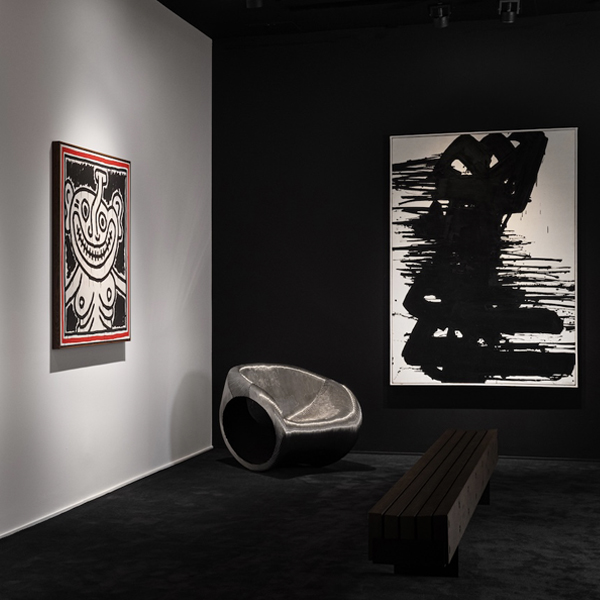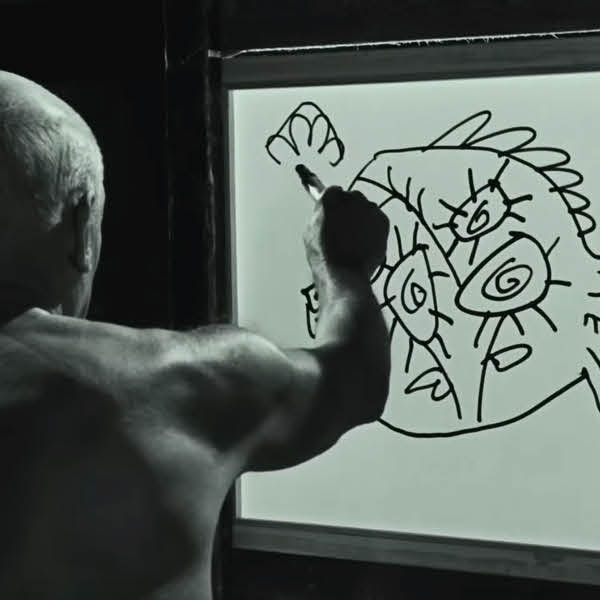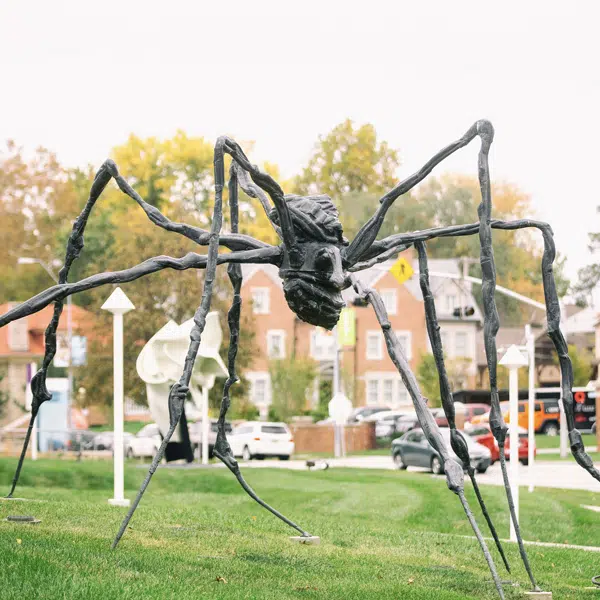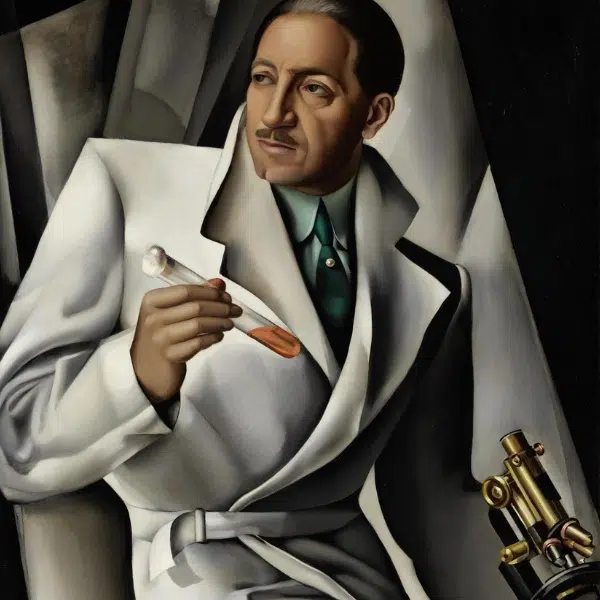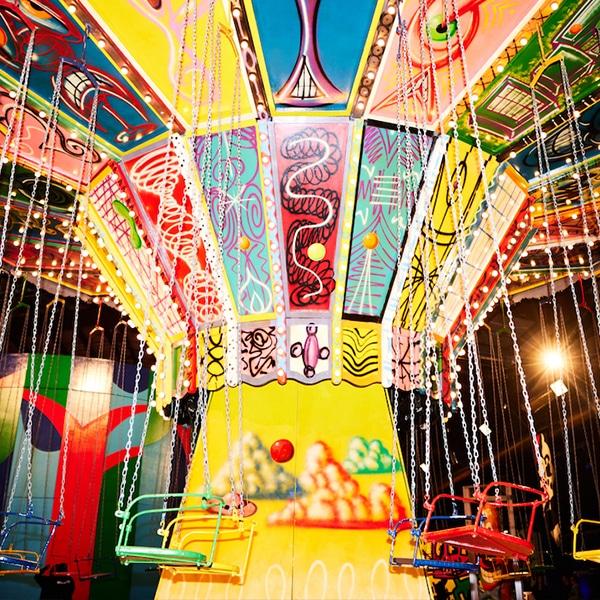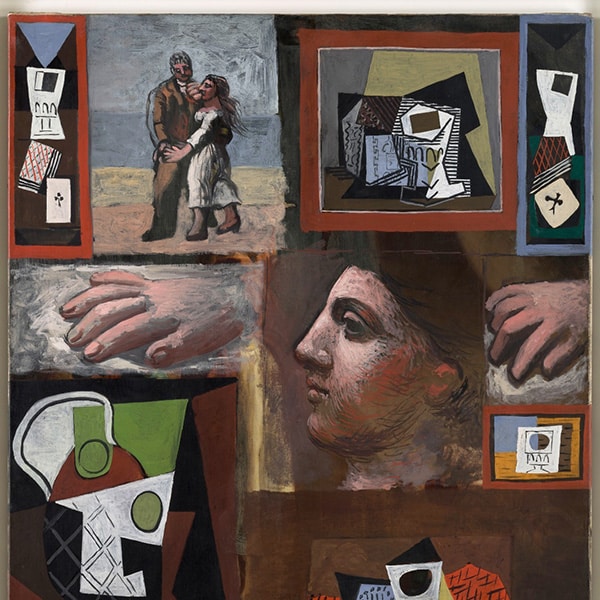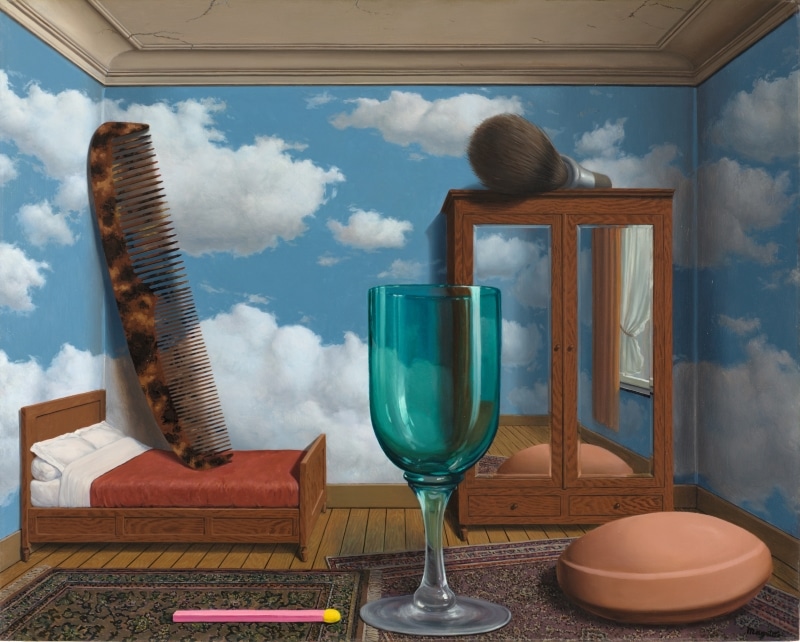
“Les valeurs personnelles” by René Magritte, 1952. Oil on canvas. San Francisco Museum of Modern Art, purchase through a gift of Phyllis C. Wattis (Photo: © San Francisco Museum of Modern Art/ Photograph Katherine Du Tiel © Adagp, Paris, 2024)
When French writer André Breton published his Surrealist Manifesto in October 1924, he sparked a creative movement that lasted more than 40 years. From Rene Magritte to Salvador Dalí, the Surrealist movement has borne fruit to some of the most iconic art of the 20th century. Now, Paris's Centre Pompidou is celebrating 100 years of Surrealism with an exhibition that brings together over 500 paintings, drawings, films, photographs, and literary documents.
Surréalisme is a fascinating look at how this multi-disciplinary movement, born in the aftermath of World War I, impacted the art world. While it certainly focuses on big names like Magritte, Dalí, de Chirico, Ernst, and Miró, it also leaves space to demonstrate the important contributions women made to the movement and its international reach with the inclusion of artists from Asia and the Americas.
“No other 20th-century movement had as many women contributing actively as artists, rather than being reduced to mere muses as has so often been the case,” shares co-curator Marie Sarré, curator of modern art at Centre Pompidou. “Their presence is confirmed in magazines and the many international exhibitions of Surrealism, at least from the 1930s onwards, in both the visual arts and literature.”
Visitors are greeted by a dreamlike entrance that brings them to the heart of the exhibit—Breton and his Manifesto. Here, guests listen to Breton read his own words thanks to vocal cloning with AI that was created in collaboration with the Institute for Research and Coordination in Acoustics/Music.
The exhibit, which is broken into 13 chapters, leads guests through a spiral of rooms that break down some of the themes that guided Surrealist artists. From Alice in Wonderland to politics to eroticism, these touchstones provided fertile ground for Surrealism.
Intended to act as an introduction to the movement for anyone who may be unfamiliar with its principles, Surréalisme is a crash course into unraveling this “absurd” art movement. By taking visitors beyond the well-known, curators have honored the far-reaching impact of the movement. And by sharing its base principles, many of which we still grapple with today, the exhibition shows us how timely Surrealism still is.
“It was Surrealism’s model of civilization that asserted it as being ‘remarkably contemporary.’ Surrealism constantly questioned modern society’s cult of technology and machines, denouncing materialist obsession and the consumerism of ‘advanced’ societies,” explains the museum's deputy director Didier Ottinger, who co-curated the show.
“In 1938, the poet Benjamin Péret drafted a text inspired by the photograph of an abandoned locomotive train in the heart of the Amazon rainforest. The title of his text, Nature devours progress and surpasses it, has great resonance to our contemporary ears, whether we see it as a threat or a source of hope.”
The touring exhibition, which debuted in Brussels earlier in 2024, will continue to Hamburg, Madrid, and Philadelphia in a tour that will stretch until the beginning of 2026. Each venue will adapt the exhibition to take into account the cultural and historical context of each venue. In Paris, this has meant paying homage to the movement's roots in France while also acknowledging its global nature.
Surréalisme will remain on view at Centre Pompidou until January 13, 2025.
Paris's Centre Pompidou is celebrating 100 years of Surrealism with an exhibition that brings together over 500 paintings and artifacts.
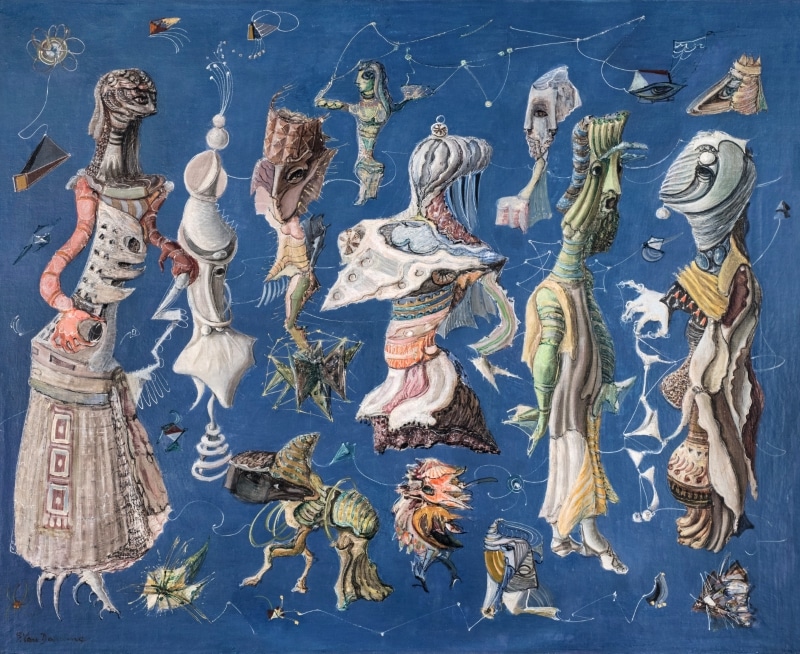
“Composition surréaliste” by Suzanne van Damme, 1943. Oil on canvas. (Photo: © Collection RAW, Rediscovering Art by Women, reserved rights)
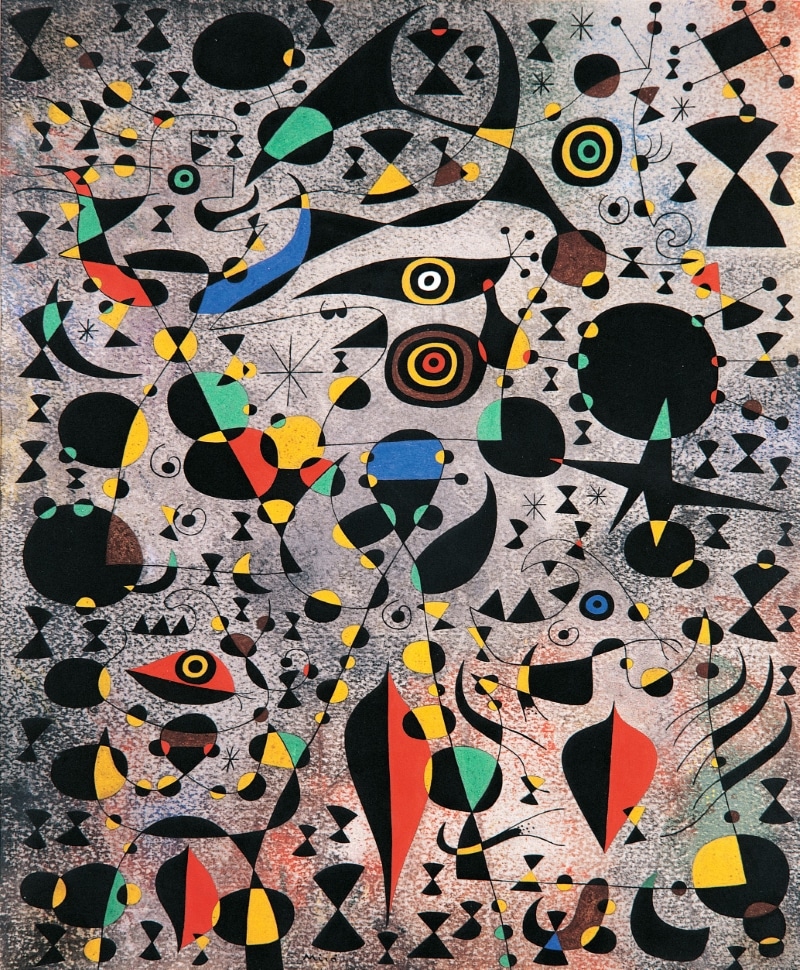
“Femmes encerclées par le vol d’un oiseau” by Joan Miró, 1941. Gouache and oil wash on paper. Private collection. Courtesy Galerie 1900-2000, Paris (Photo: © Galerie 1900-2000, Paris © Successió Miró / Adagp, Paris, 2024)
The exhibit, which is broken into 13 chapters, leads guests through a spiral of rooms that break down some of the themes that guided Surrealist artists.
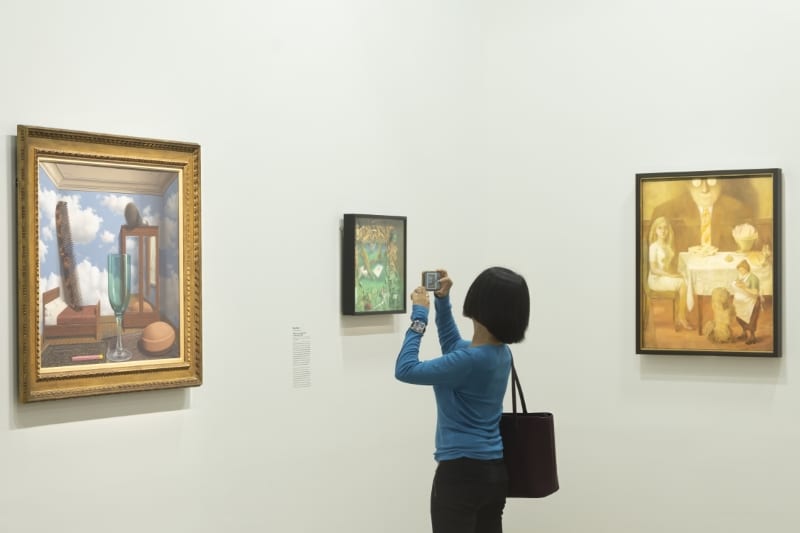
Photo: Hervé Véronèse
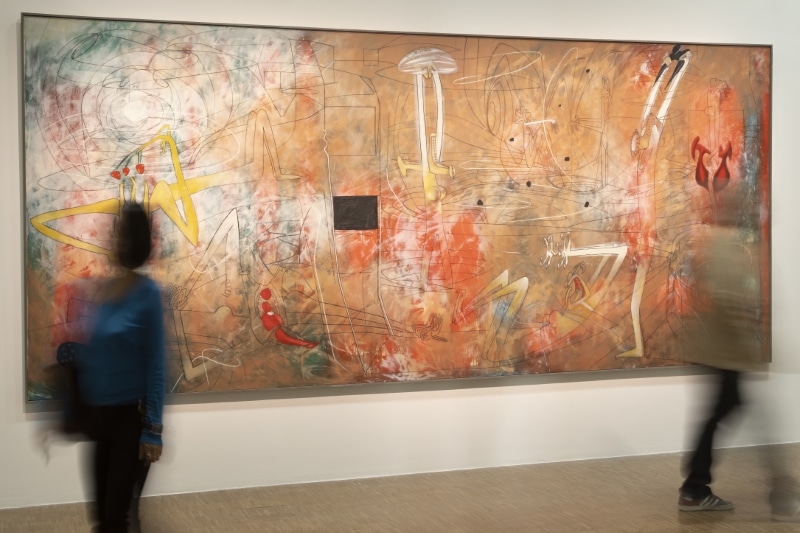
Photo: Hervé Véronèse
While focusing on big names like Magritte and Dalì, the show leaves space to demonstrate the important contributions women made to the movement.
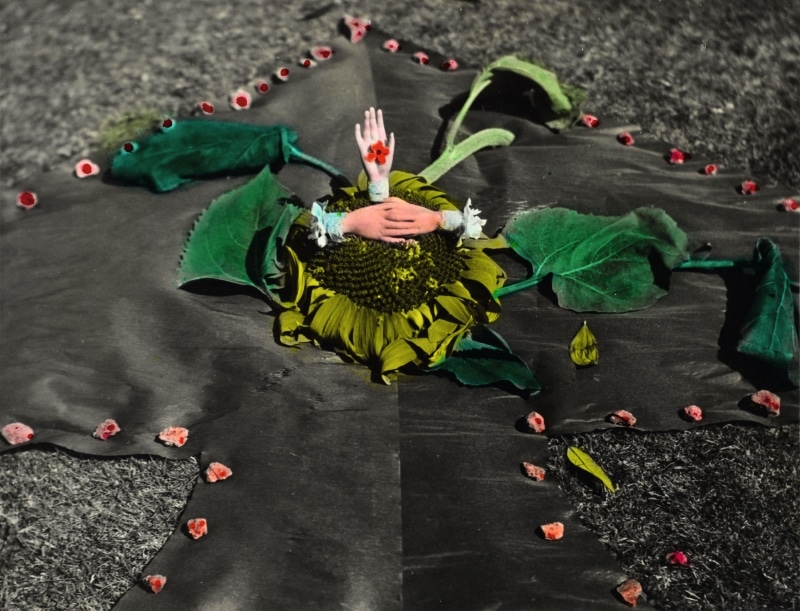
“Le Cœur de Pic” by Claude Cahun (Lucy Schwob, dite), 1936. Gelatin silver prints. Centre Pompidou, Musée national d’art moderne, Paris Purchase, 1995 (Photo: © Centre Pompidou, MNAM-CCI/ Georges Meguerditchian/Dist. RMN-GP Droits réservés)

“May 16, 1941” by Grace Pailthorpe, 1941. Oil on canvas mounted on cardboard. Tate, purchased, 2018. (Photo: © Tate, reserved rights)
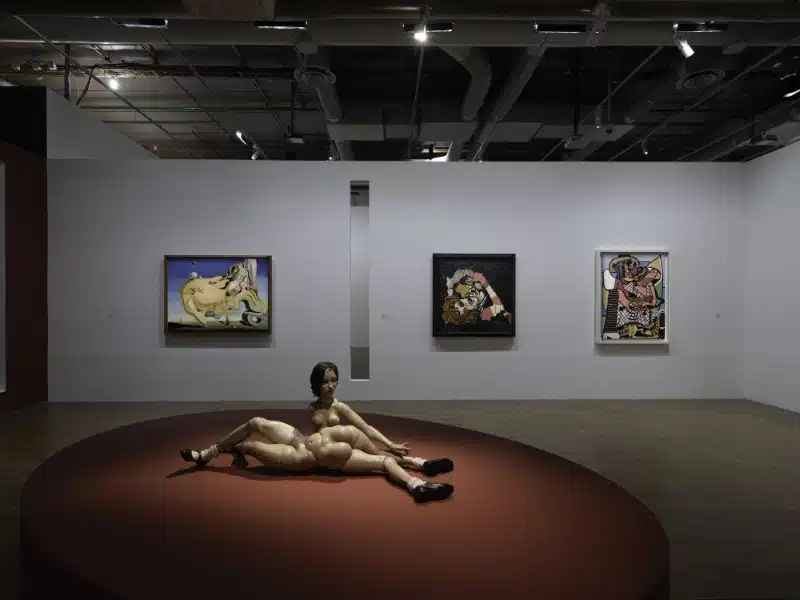
Photo: Janeth Rodriguez Garcia
Surréalisme will remain on view at Centre Pompidou until January 13, 2025.

Photo: Janeth Rodriguez Garcia
Centre Pompidou: Website | Facebook | Instagram
My Modern Met granted permission to feature photos by Centre Pompidou.
Related Articles:
Unraveling the Mystery of Avant-Garde Art
5 Masters of Surrealism Who Painted Their Dreams and Visualized Their Inner Minds
What is Modern Art? Exploring the Movements That Define the Groundbreaking Genre
Why Avant-Garde Artist Man Ray Was an Important Link Between Two Famous Art Movements











































































